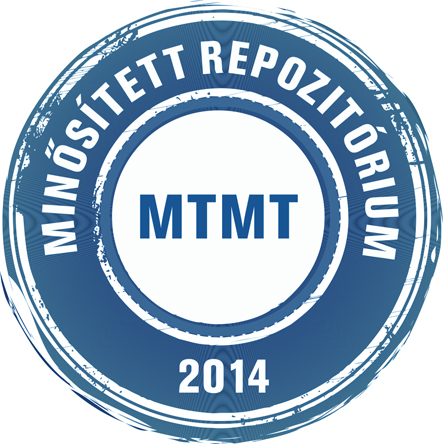Klátyik Szandra; Sági György; Takács Eszter; Wojnárovits László; Kovács Krisztina; Takács Erzsébet; Darvas Béla; Székács András: Comparative evaluation of veterinary active ingredients and formulations.
Előnézet |
Cikk, tanulmány, mű
proceedings_of_isaep_2017_444-449.pdf Letöltés (544kB) | Előnézet |
Absztrakt (kivonat)
Chemical substances used in various fields of agriculture (e.g., veterinary medicine or crop protection) represent relevant environmental loads, and their residues, metabolites and decomposition products possibly occur in wastewater and can easily reach surface water. Adjuvants (e.g., surfactants) and other co-formulants used in veterinary medicine, feed additives, as well as in pesticide formulations have long been classified as inactive ingredients (AIs) in the aspects of the required main biological effect of the pharmaceutical or pesticide product. In wastewater management the application of the advanced oxidation processes (AOP) are in the focus of interest due to their high efficiency in the removal of persistent organic pollutants and pharmaceutical residues. To compare the toxicity of various AIs and formulations used in veterinary medicine, acute toxicity tests were performed on Daphnia magna. Additionally, effects of the presence of H2O2 due to AOP on the toxicity of 0.1 mmol dm–3 sulphamethoxazole (SMX) solutions oxidised during gamma irradiation (1 kGy, 2.5 kGy) were assessed. Ecotoxicological evaluation of the treated SMX solutions was carried out using three test organisms (Vibrio fischeri, Pseudokircheriella subcapitata, D. magna). Results showed significant differences in the individual acute toxicity of various veterinary AIs and formulations on D. magna. SMX and trimethoprim (TRI) were the least toxic investigated AIs; their evaluated EC50 values were 98.06±58.67 and 93.06±33.17 mg L-1 respectively. The most toxic AI was sulphaguanidine (SGD) (EC50 = 1,79±0.34 mg L-1 Significant differences were observed in the toxicity of the investigated veterinary drugs containing SMX and TRI. Their formulated veterinary pharmaceutical product SUMETROLIM was more toxic on D. magna (EC50 = 106.17±54.86 mg L-1 ) compared to the COTRIUM-E. Combined toxicity was the highest when SMX and TRI were investigated together in SUMETROLIM equivalent concentrations compared to the formulated veterinary products. The untreated SMX solution resulted in 5±1% inhibition on V. fischeri, while higher, 30±2% inhibitions were detected in irradiated solutions due to the presence of H2O2. H2O2 showed significantly high inhibition on the investigated test organisms. By the reduction of H2O2 concentrations, decreased inhibition was observed on V. fischeri and P. subcapitata. The evaluated EC50 for V. fischeri, P. subcapitata and D. magna were 0.349, 0.251 and 0.064 mmol dm–3 , respectively.
| Mű típusa: | Konferencia vagy workshop anyag |
|---|---|
| Befoglaló folyóirat/kiadvány címe: | Proceedings of the International Symposium on Analytical and Environmental Problems |
| Dátum: | 2017 |
| Kötet: | 23 |
| ISBN: | 978-963-306-563-1 |
| Oldalak: | pp. 444-449 |
| Konferencia neve: | International Symposium on Analytical and Environmental Problems (23.) (2017) (Szeged) |
| Befoglaló mű URL: | http://acta.bibl.u-szeged.hu/55894/ |
| Kulcsszavak: | Agrokémia, Környezetkémia, Analitikai kémia |
| Megjegyzések: | Bibliogr.: p. 448-449. ; összefoglalás angol nyelven |
| Feltöltés dátuma: | 2019. jan. 03. 09:39 |
| Utolsó módosítás: | 2022. aug. 08. 15:49 |
| URI: | http://acta.bibl.u-szeged.hu/id/eprint/56246 |
 |
Tétel nézet |



